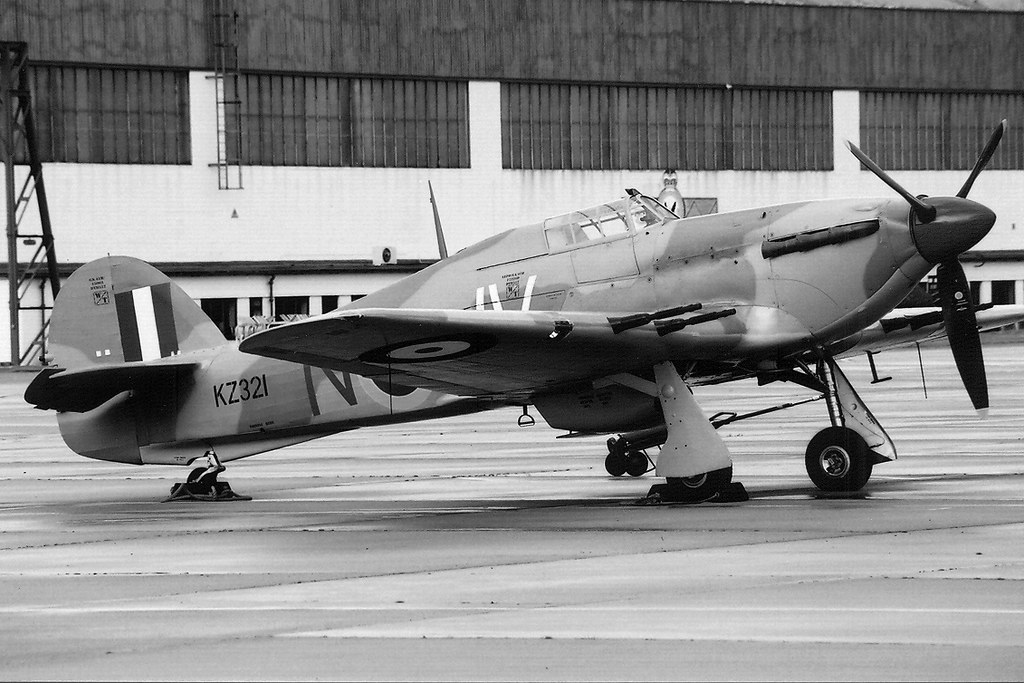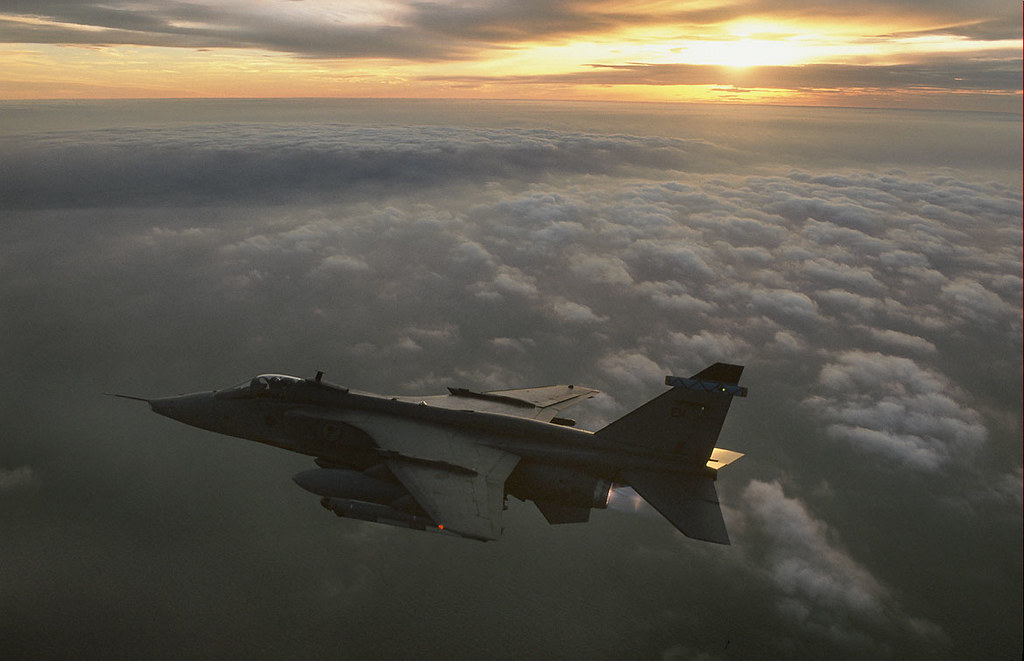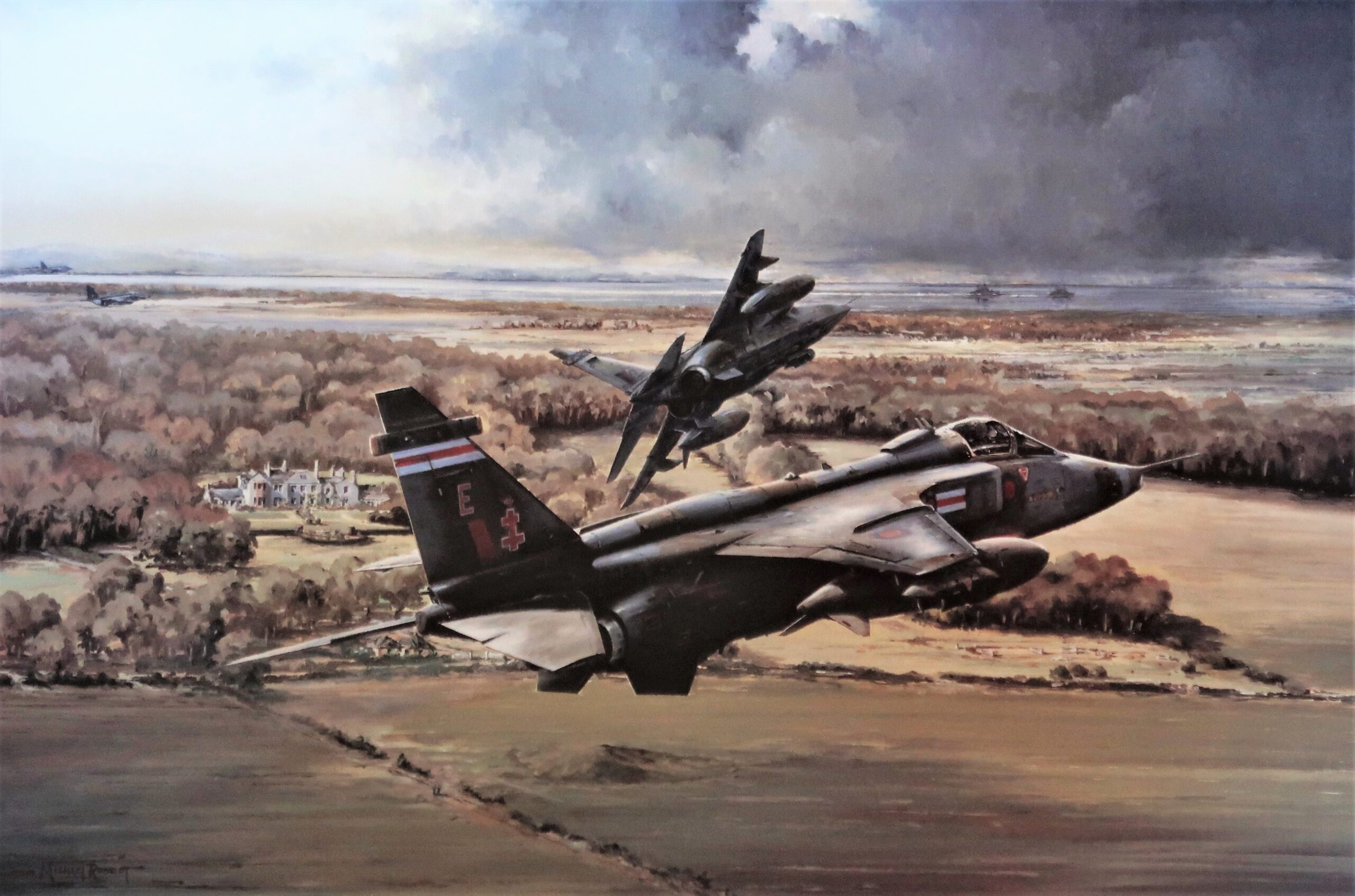About
RAF Coltishall, located near the village of Coltishall in Norfolk, has a storied history dating back to its establishment in June 1940 as a fighter station for the Royal Air Force. Originally intended to be a Bomber Command base, RAF Coltishall quickly evolved into a key Fighter Command flying station, just in time for the Battle of Britain in the early part of World War II.

During this war, RAF Coltishall played a vital role in the defence of Britain, serving as a base for fighter squadrons equipped with iconic aircraft such as the Hawker Hurricane and Supermarine Spitfire. The station was heavily involved in air defence operations, intercepting enemy aircraft and providing support for Allied bomber missions.
Following the end of World War II, RAF Coltishall continued to operate as a fighter station, undergoing several upgrades and expansions over the years. In the post-war period, the station saw the introduction of jet-powered aircraft, including the Gloster Meteor and later the exceptional English Electric Lightning.
RAF Coltishall reached the height of its prominence during the Cold War era, when it became home to squadrons of interceptor aircraft tasked with defending British airspace against potential Soviet threats. In the 1970s, the station transitioned to a new role with the arrival of the SEPECAT Jaguar, a versatile ground-attack aircraft, eventually becoming the RAF’s “Home of the Jaguar”.

In 2006, after nearly seven decades of service, RAF Coltishall was decommissioned as an operational airfield.
Since its closure, the site has undergone redevelopment, with plans to repurpose the facilities for civilian use. Today, while the airfield no longer operates as an active RAF base, the legacy of RAF Coltishall lives on through the RAF Coltishall Heritage Centre preserving the memories of those who served there and the ongoing efforts to promote its history.

